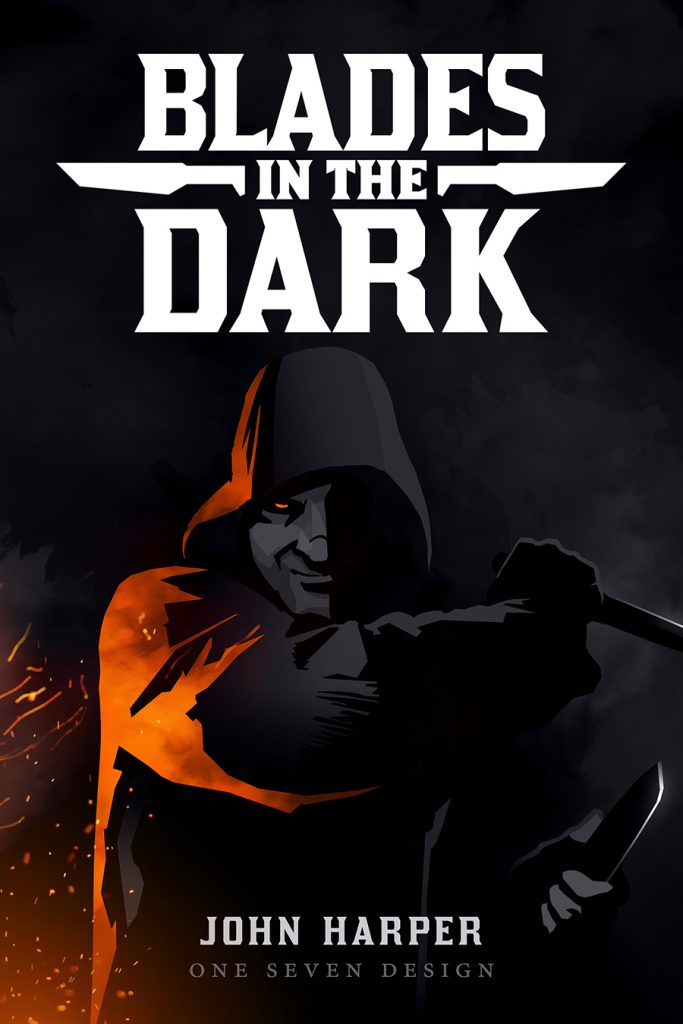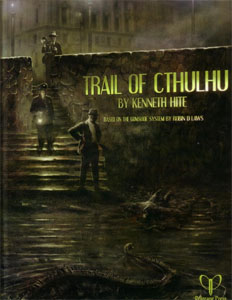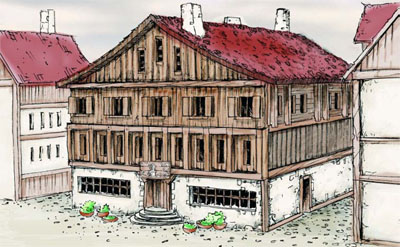
DREAMING TOUCH
DREAM SPYING: With a successful Dreaming Arts check, a dreamer can peer into the dreams of another. The DC of the check is determined by the type of information the dreamer wishes to glean. If the check is successful, the target can make a Will save with a DC equal to 10 + the dreamer’s ranks in the Dreaming Arts skill.
The target must be either sleeping or physically present in the Dreaming at some point during the dreaming night, otherwise the attempt automatically fails.
Altering the Dream: For every two ranks the dreamer has in the Dreaming Arts, they can make one attempt to introduce new elements into the dream or subtly alter it (which may allow them to glean additional information). However, each attempt allows the subject to attempt a new Will save. If they succeed, the dream spying immediately ends.
Target’s Awareness: When the dream spying begins, the target makes an immediate Dreaming Arts check opposed by the dreamer’s Dreaming Arts check. (They can make this check even if they are untrained in the skill.) If the check succeeds, the target is aware that someone is spying on their dreams. Even if the initial check fails, an additional check can be made with a cumulative +2 bonus each time the dreamer alters the dream.
Dream Trace: Targets who are trained in the Dreaming Arts who become aware that someone is observing their dreams can make an opposed Dreaming Arts check as a standard action to identify the person spying on their dreams.
| Level of Access | DC |
|---|---|
| Dream peek | 10 |
| Surface thoughts | 15 |
| Associations | 20 |
| Short-term memory | 25 |
| Long-term memory | 30 |
| Subconscious | 40 |
| Familiarity | Check Modifier |
|---|---|
| Familiar (the dreamer knows the target well) | +0 |
| Firsthand (the dreamer has met the target) | -5 |
| Secondhand (the dreamer has heard about the target) | -10 |
| None (the dreamer must still have some sort of connection to the target) | -20 |
| Connection | Check Modifier |
|---|---|
| Likeness or picture | +5 |
| Possession or garment | +8 |
| Body part, lock of hair, nail clippings, etc. | +10 |
| Touching the subject | +15 |
Dream Peek: The dreamer literally observes whatever the target happens to be dreaming about. This may be useful or it may be complete nonsense, at the DM’s discretion.
Surface Thoughts: After making contact, the dreamer can use their connection to the Dreaming to read the target’s surface thoughts, as if with the use of a detect thoughts spell.
Associations: The dreamer can pick upon emotional and informational associations with the target’s surface thoughts. For example, if the target is dreaming about someone or something, the dreamer knows how they feel about it and what their relationship is to it.
Short-Term Memory: The dreamer manipulates the target’s dream in order to reveal a specific piece of information or short-term memory from the past week or so (such as a password or what they were doing at a specific time last Tuesday, for example). This information is revealed through the structure of the dream and may be slightly distorted or incomplete as a result of being part of a dream (at the DM’s discretion).
Long-Term Memory: The dreamer can access any of the subject’s conscious memories, although the information is only as accurate as the subject recalls.
Subconscious: The dreamer can access the subject’s subconscious, giving them access to memories and information that the subject may not consciously recall (due to trauma or simple forgetfulness). It can also grant the dreamer insight into the subject’s psyche, such as their deep subconscious desires, fears, traumas, and so forth (one piece of information for each alteration of the dream).
NIGHTMARE: With a successful Dreaming Arts check (DC 20), you twist a victim’s dreams into a hideous and supernatural nightmare. The check is modified and prompts a Will save as per a Dream Spying check. If the check is successful, the nightmare prevents restful sleep and also causes 1d10 points of damage to the victim. The nightmare leaves the victim fatigued and unable to regain arcane spells for the next 24 hours.
The target must be either sleeping or physically present in the Dreaming at some point during the dreaming night, otherwise the attempt automatically fails.
DREAMING VOYANCE
SIGHT OF THE DREAMING EYE: With a successful Dreaming Arts check, you can see and hear the events surrounding a particular character or at a particular location. The time period observed can be at any time during the dreaming night or at any point in the past, but the total time period observed cannot be longer than 1 minute per rank in the dreamer’s Dreaming Arts skill, and the difficulty of the Dreaming Arts check increases based on the distance in both time and space between the dreamer and the events being observed.
The dreamer is not truly observing the world, but rather the echoes that the world creates within the Dreaming.
| Familiarity | DC |
|---|---|
| None (dreamer must have connection to subject/location) | 30 |
| Secondhand (dreamer has heard of subject/location) | 25 |
| Firsthand (dreamer has met subject/seen location) | 20 |
| Familiary (dreamer knows subject/location well) | 15 |
| Distance | Check Modifier |
|---|---|
| Current Location / Subject Present | +5 |
| Within 1 mile | +0 |
| Per mile of distance from current location | -2 |
| Temporal Distance | Check Modifier |
|---|---|
| Current Events | +0 |
| Per hour in the past | -1 |
| Connection | Check Modifier |
|---|---|
| Likeness or picture | +5 |
| Possession or garment | +8 |
| Body part, lock of hair, nail clippings, etc. | +10 |
| Touching the subject | +15 |
VISION OF THE DREAMING SHADOWS: With a successful Dreaming Arts check (DC 25), the dreamer can attune themselves to the Dreaming resonances of the location in which they slumber, allowing them to effectively see and hear the events of the past during their dreaming night.
The dreamer can choose to focus on either a short or long span of time, with the types of details they observe depending on how large of a span they attempt to observe.
Days: The dreamer observes the events of the most recent days, covering a span equal to 1 day per rank in the Dreaming Arts. The dreamer gains detailed visions of the people who have been in the location as well as the actions, conversations, and other events that have happened there.
Weeks: The dreamer observes the events of the most recent weeks, covering a span equal to 1 week per 2 ranks in the Dreaming Arts. Precise details and exact wording cannot be discerned, but the dreamer will still know the people who have been here, the general topics of conversation, and the gist of events.
Years: The dreamer observes the events of the past few years, covering a span equal to 1 year per 3 ranks in the Dreaming Arts. Only the most noteworthy events are recaptured — battles, deaths, emotional revelations, and so forth.
Centuries: The dreamer observes events stretching back over centuries, covering a span equal to 1 century per 4 ranks in the Dreaming Arts. Only events of historic importance – deaths of important people, major battles, coronations, and the like – are learned.
VOICE OF THE DREAM: With a successful Dreaming Arts check (DC 15), a dreamer can briefly make contact with the dreams of another character, delivering a brief message of 25 words of less and receiving a response of equal length.
The recipient of the message must be sleeping at some point during the dreaming night or the attempt automatically fails. However, with a more difficult Dreaming Arts check (DC 25), the dreamer can leave a message “hanging” in the Dreaming. The next time the recipient of the message falls asleep, the message will be delivered (although no response is possible).


















